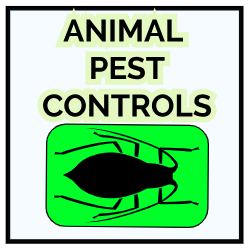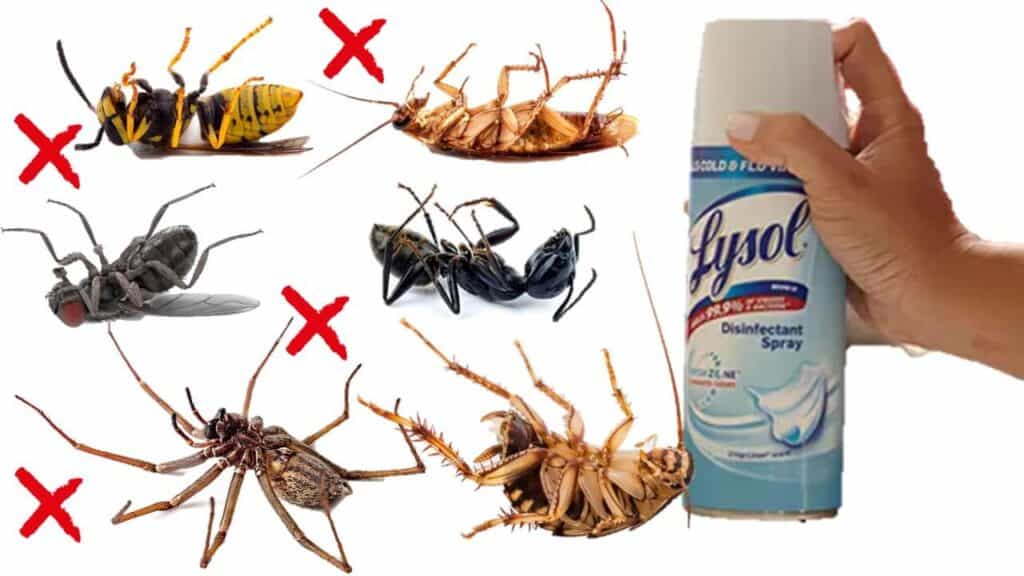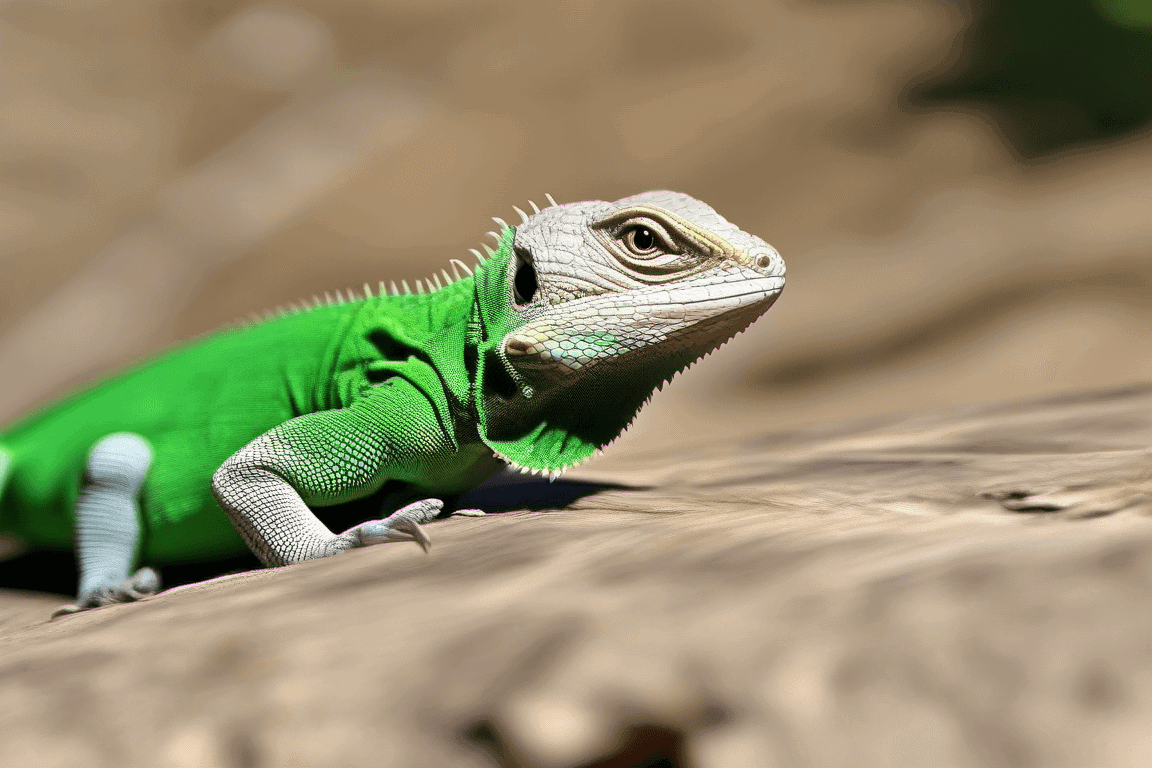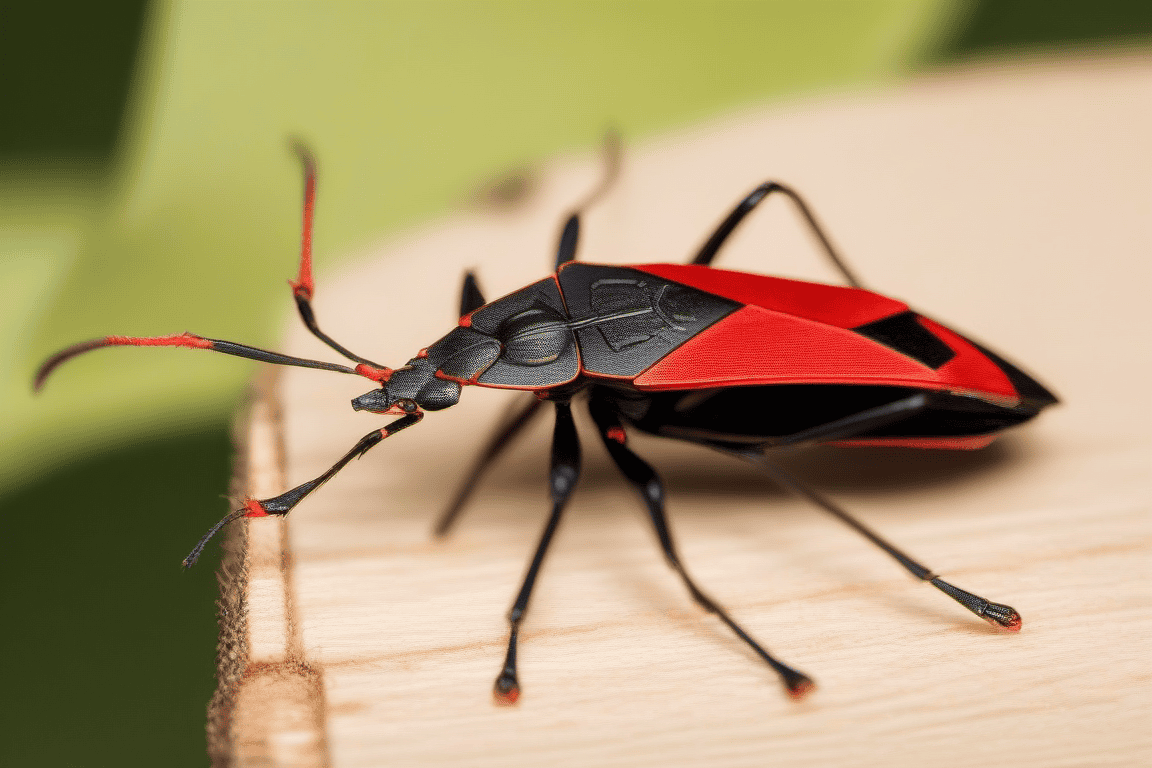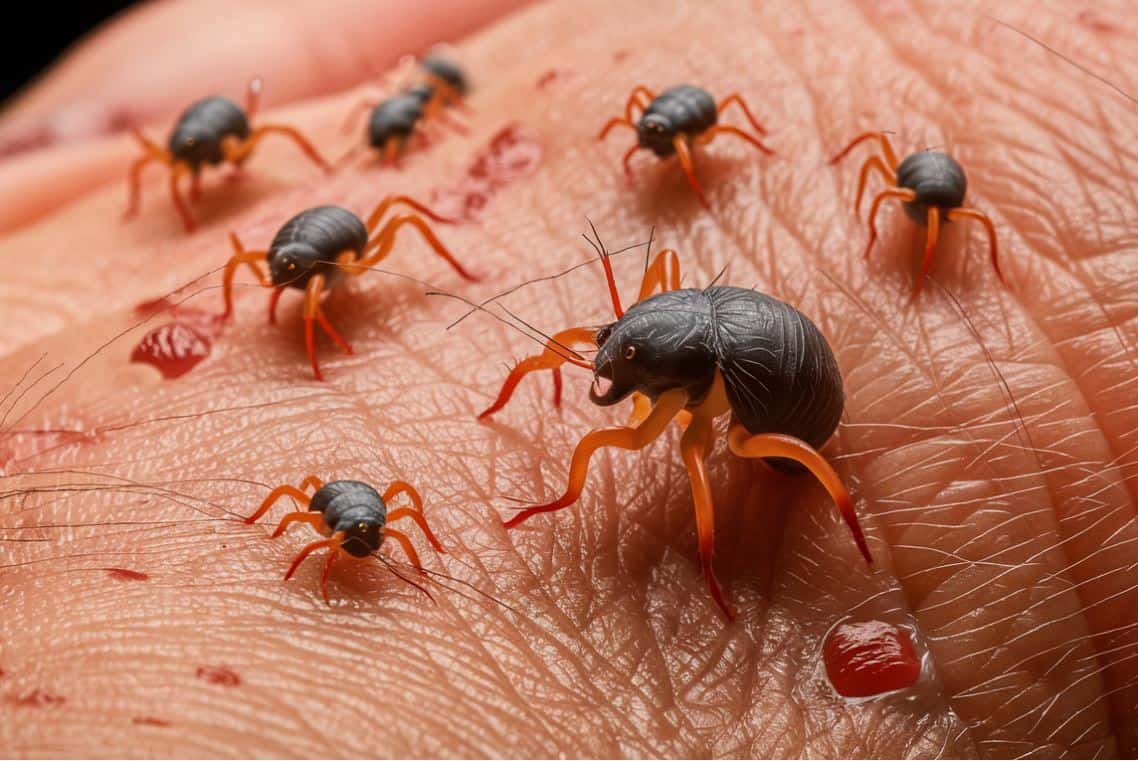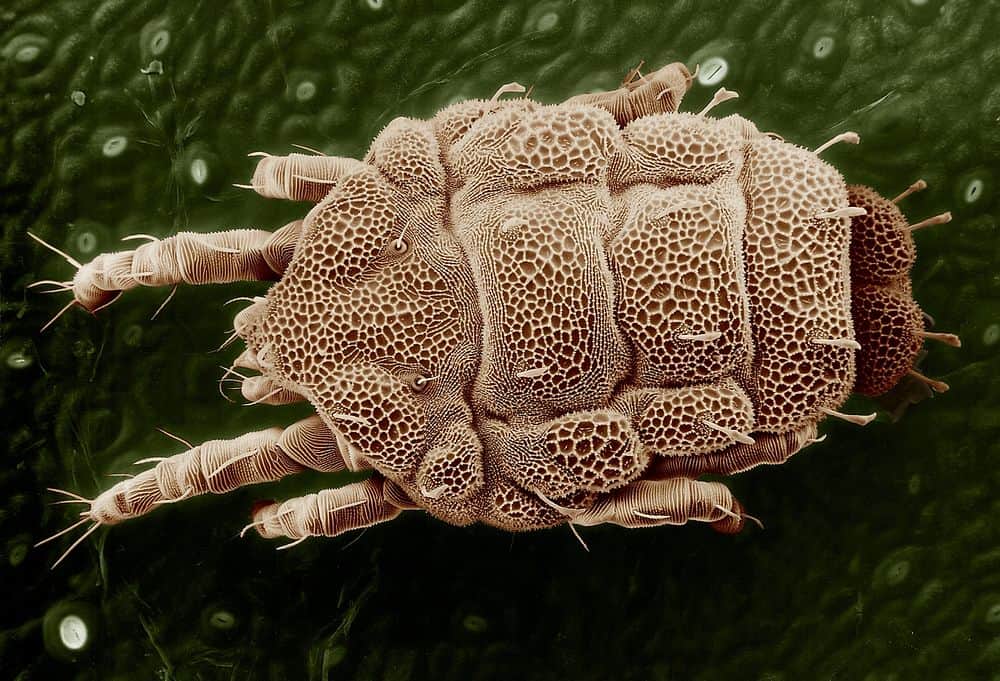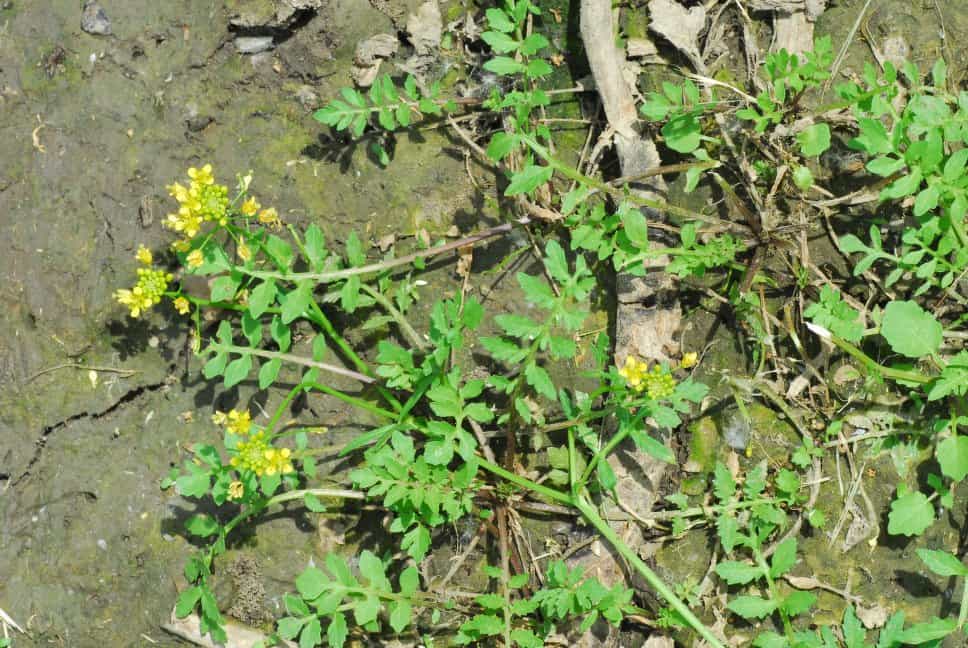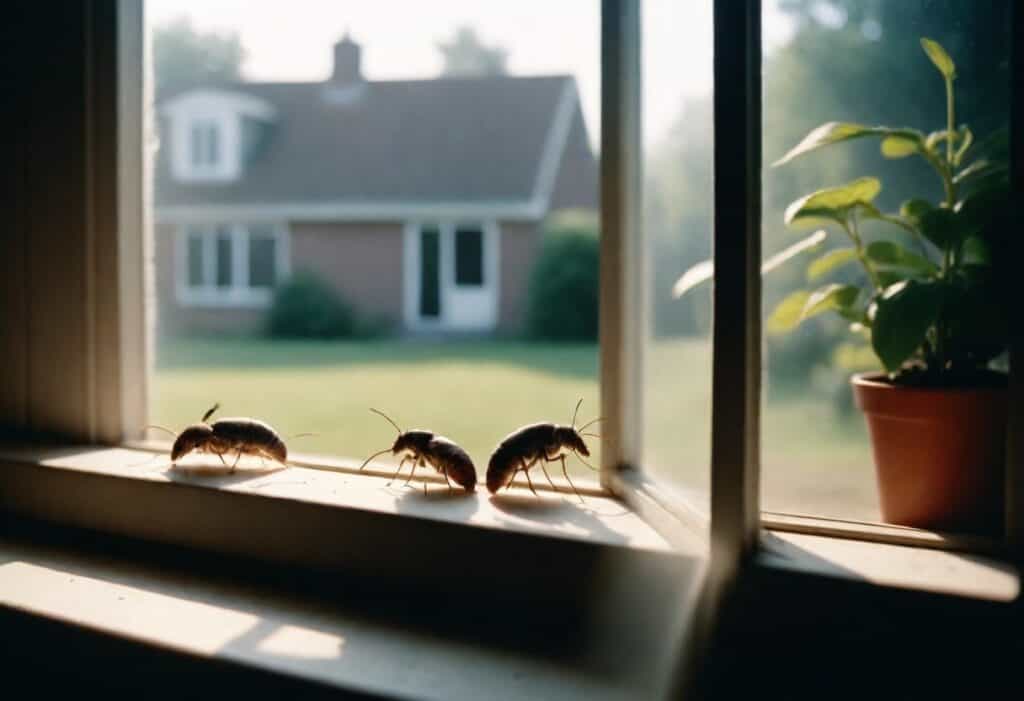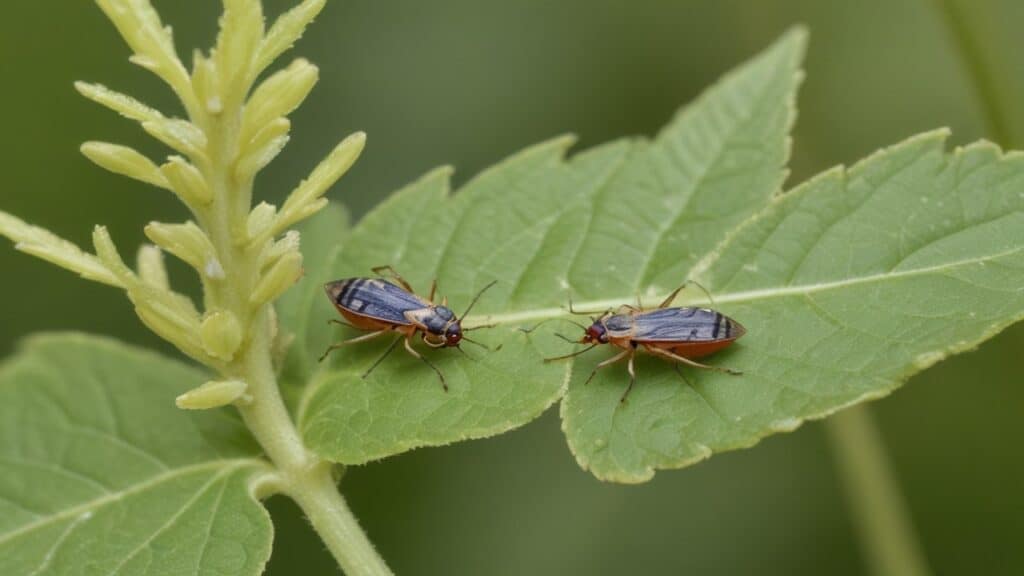Are pests ruining your day like an unwelcome party crasher? It’s time to show them who’s boss with Lysol spray! This video is a step-by-step guide to annihilating those annoying insects that won’t take a hint.
You’ll be kicking bugs out faster than they can say exterminate with our clever hacks and powerful spray! From ants to spiders, these critters stand no chance against Lysol.
Don’t allow these intruders to have the last laugh. Watch now or forever hold your bug swatter!
What is Lysol?
Lysol is a household name for keeping homes clean and free from harmful bacteria with its distinctive blue and white packaging.
This powerful disinfectant spray has a fresh citrus scent that refreshes the air in any room. Manufacturers package the liquid formula in an easy-to-use aerosol can, allowing for convenient use whenever and wherever needed. A significant quality of Lysol is its ability to kill up to 99.9% of germs and bacteria on hard surfaces.
This feature makes it essential in maintaining a hygienic living environment, especially in high-traffic areas such as kitchens and bathrooms.
Apart from its cleaning properties, Lysol is an effective pest control measure against common household pests like cockroaches and ants.
What are the Various Ways to Eradicate Pests with Lysol Spray?
1. Ants
Ants are common household pests and can be quite a nuisance around the home. These tiny creatures infiltrate homes searching for food and shelter, leaving behind trails of pheromones for other ants to follow.
Lysol spray can be an effective solution not many think of when dealing with ants. It contains toxic chemicals to ants, disrupting their scent trails and leading to their demise.
You can create a barrier that prevents them from venturing into your home by spraying Lysol directly onto areas where ants hide or along their pathways.
Lysol is not just an insecticide but also a disinfectant. So, it kills the ants and helps maintain a clean and hygienic environment. An advantage of using Lysol spray is its versatility.
You can apply it on countertops, floors, and windowsills without causing any damage or staining. Unlike other ant repellents, Lysol doesn’t leave unpleasant odors once it dries up.
2. Spiders
Spiders evoke fear and fascination with their eight spindly legs and intricate webs. While some may argue that spiders are harmless and beneficial creatures, others can’t help but cringe at seeing them.
So, how does Lysol spray fit into this arachnid equation? Most people use Lysol spray to kill germs and disinfect surfaces, but did you know it can also repel spiders?
The strong scent of lysol is a deterrent for many insects, including these eight-legged visitors. Spray Lysol around door frames and window sills where spiders often make their webs. It will kill lingering germs on these surfaces, and the smell will keep spiders at bay.
The reason behind Lysol’s spider-killing power lies in its active ingredients. Lysol contains various chemicals, such as ethanol and a quaternary ammonium compound, potent enough to disrupt the spiders’ nervous system and lead to their demise.
These chemicals penetrate the exoskeleton of these eight-legged creatures, causing damage to their internal organs and leading to paralysis and eventual death.
Lysol can also dissolve the silk material spiders use to construct webs.
3. Cockroaches
Cockroaches are notorious pests that send shivers down our spines. They are not only unsightly but also carry a host of diseases.
These resilient insects have been around for millions of years and have evolved to adapt to different environments, making them difficult to eradicate.
One effective solution that often goes unnoticed when dealing with cockroaches at home is lysol spray. Lysol spray can be an ally in the battle against cockroaches with its powerful disinfectant properties.

It kills these pests on contact and leaves a residual effect that prevents their return. Use Lysol spray in areas where cockroaches hide or travel, such as kitchen cabinets and crevices along baseboards, to protect your home from infestations.
Lysol spray is a powerful weapon against cockroaches due to its quaternary ammonium compounds (QACs), which are highly effective at killing cockroaches.
These chemicals disrupt and destroy the insects’ cell membranes, leading to their demise. Moreover, the spray also contains ethanol, a potent solvent that penetrates through cockroaches’ exoskeleton, contributing to their death.
Another reason Lysol spray kills cockroaches is its high level of acidity. Cockroaches thrive in filth and rotting materials, which creates an alkaline environment.
When confronted with the acidic properties of Lysol spray, which typically has a pH between 2-3, it disrupts the pH balance within their bodies and causes severe damage.
This acidic assault weakens their immune system and defence mechanisms, leaving them susceptible to infection or even directly causing their demise.
4. Fleas
Fleas are a nuisance and potentially dangerous vector of diseases. These tiny parasites invade homes, latch onto pets, and bite humans, causing itchy red bumps.
An unexpected solution to eradicate fleas is lysol spray. But how does a common household disinfectant like Lysol kill these pesky critters?
Lysol spray contains active ingredients such as ethanol and quaternary ammonium compounds with potent antimicrobial properties. These ingredients attack the outer layer of the flea’s body when it comes into contact with them, leading to its demise.
The alcohol in Lysol helps dehydrate and suffocate the fleas by breaking down their protective wax layer.
Besides, quaternary ammonium compounds disrupt the flea’s nervous system function, resulting in paralysis and death. Apply Lysol spray directly on fleas and areas where they hide to eliminate them.
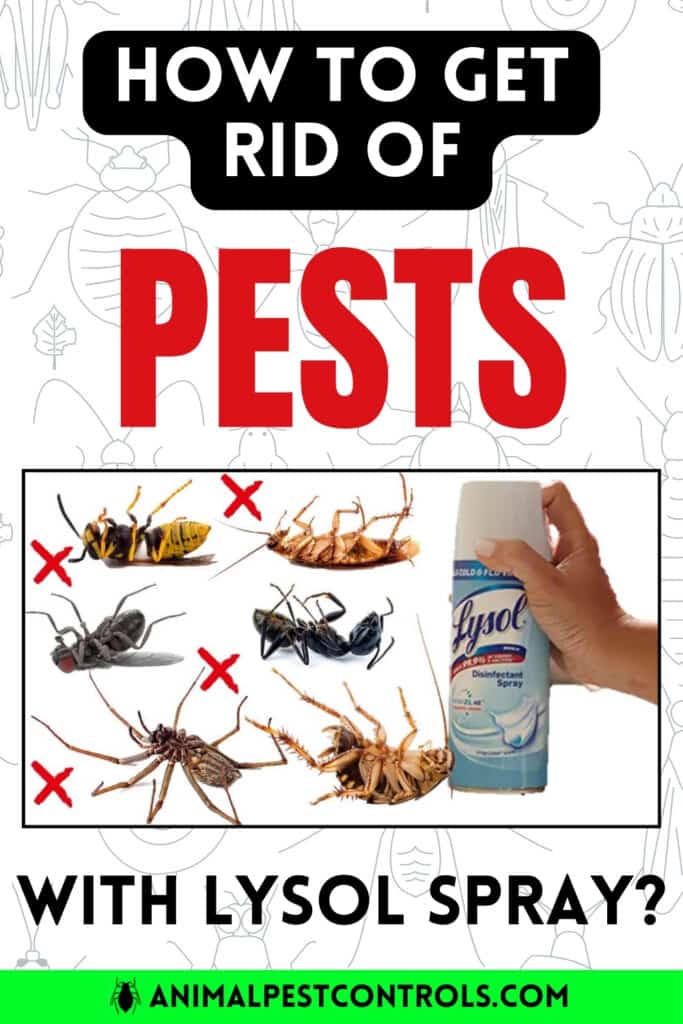
5. Bed bugs
Bed bugs are tiny insects that have haunted our sleep since ancient times. These pests are resilient and elusive, making them a nightmare to eliminate once they invade homes.
Lysol spray has become an increasingly popular option among homeowners to eradicate these bloodsucking pests. Lysol spray contains powerful disinfecting properties that can kill bed bugs. Its active ingredient, Benzalkonium chloride, is effective against these biting nuisances.
Target these bugs, their hiding spots, and their eggs for effective elimination with Lysol spray. Bed bugs hide in cracks and crevices around mattresses, furniture, and walls.
Spray Lysol directly into these areas to eliminate the pests on contact. Don’t forget to steam clean your clothing and bedding cover that may harbor these bugs.
6. Wasps
Wasps are buzzing insects with stingers capable of delivering a painful sting. These pests are among the most dreaded to encounter.
While they serve crucial ecological roles as pollinators and predators of other insect pests, their aggressive behavior and potential to cause harm make them a nuisance for many homeowners.
Lysol spray can be effective in your pest control arsenal if you notice a wasp infestation or want to prevent one. One of the reasons wasps love certain areas is because they leave behind pheromones that attract their colony members.
Spraying Lysol on surfaces where wasps gather can disrupt these pheromones and deter the pests from returning. Moreover, lysol’s scent is a deterrent as it masks any enticing floral or food odors that may attract wasps.
A significant ingredient in Lysol spray is ethanol, a powerful solvent. When sprayed on a wasp, the ethanol seeps into its exoskeleton and disrupts its delicate balance of fluids.
This process causes dehydration and leads to the insect’s death. Besides, the quaternary ammonium compounds (QACs) in lysol break down the protective membranes of the wasp’s cells, causing them to leak out essential nutrients and proteins.
As a result, the respiratory system of the wasp becomes impaired, leading to suffocation and its demise.
7. Dust mites
Dust mites are tiny microscopic creatures that live in homes and feed off dead skin cells. While they may seem harmless, dust mite allergies can cause itchy eyes, asthma attacks, and respiratory issues for many people.
Lysol Spray is an effective tool in the battle against dust mites. Its powerful disinfecting properties make it an ideal choice for killing these pesky creatures on contact.
Spray Lysol on surfaces that accumulate dust, such as mattresses, pillows, and upholstered furniture, to reduce dust mite populations significantly.
Ensure not to inhale or allow Lysol to touch your skin. Instead, use it as a cleaning agent for household items or surfaces where dust mites tend to thrive. Regular vacuuming and washing bedding in hot water can also help eliminate these tiny irritants from your home.
conclusion
Lysol is not just for banishing germs and odors; it can also be your secret weapon against pests. It makes it easy to target those pesky intruders and send them running for the hills with its powerful formula and convenient spray bottle.
So next time you spot a creepy crawler or hear the pitter-patter of tiny feet, reach for your trusty can of Lysol and show those pests who’s boss. Your home will be pest-free in no time, and you’ll have a newfound appreciation for the versatile wonders of Lysol.
Now go forth and conquer those pests with your mighty Lysol spray!
